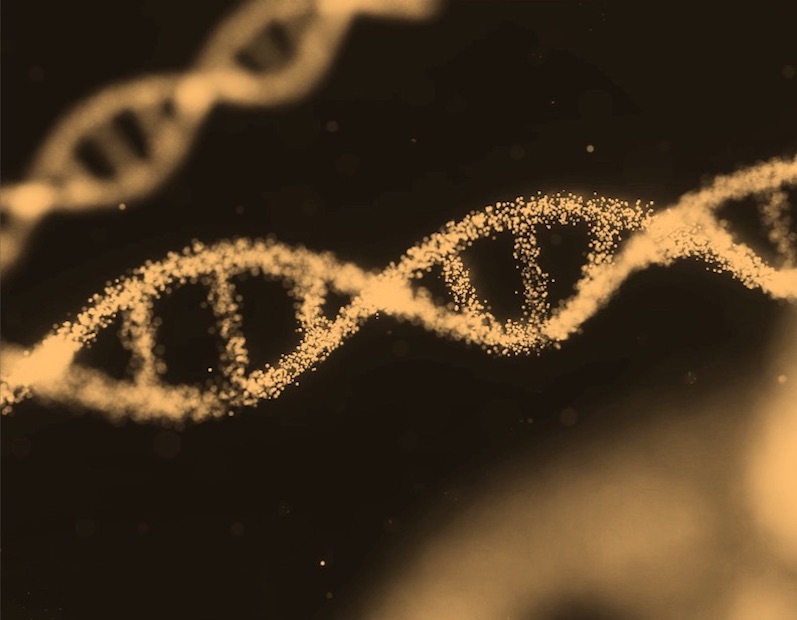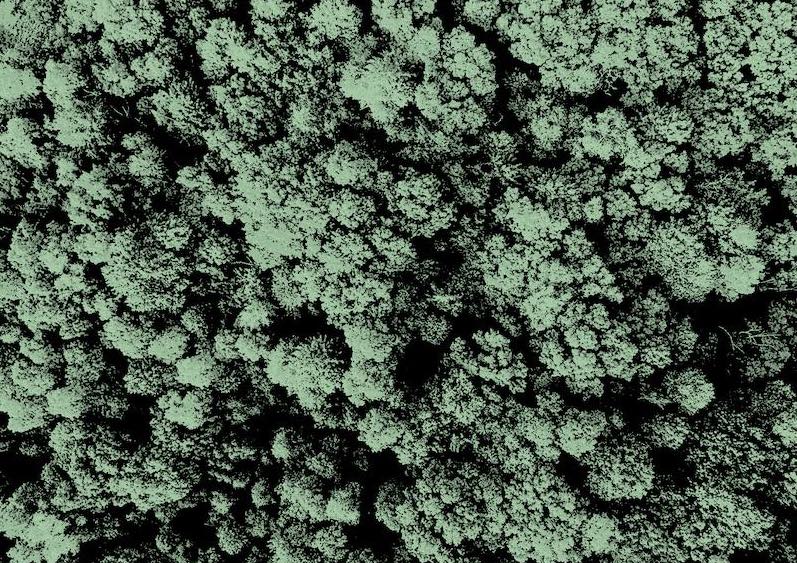What is it about?
Nicotine is the main addictive substance in tobacco products. Lowering nicotine content has become a major focus of tobacco breeding to mitigate health concerns. The homologous ERF transcription factors ERF199 and ERF189 coordinate the transcription of a series of nicotine biosynthesis genes in tobacco. We found that naturally and induced variations in the ERF genes results in low-nicotine phenotypes, and succeeded to generate an ultra-low-nicotine tobacco by combining the mutations in ERF199 and ERF189.
Featured Image

Photo by Kamal Hossain on Unsplash
Why is it important?
Smoking remains the main cause of preventable deaths. In June 2022, the US agency FDA proposed to set a maximum nicotine level in tobacco products for the first time, which has been welcomed as a historic move by advocates. The study demonstrated a simple way to generate an ultra-low-nicotine tobacco, making the implementation of the historic measure technically possible.
Perspectives
Molecular basis of low-nicotine phenotypes in tobacco was revealed. This study is one of the cornerstone achievement in a series of our studies on low-nicotine tobacco and hopefully in the field of plant metabolic engineering. We hope to see the smooth implementation of the nicotine regulation and smoke-free world afterwards in coming years.
Tsubasa Shoji
Read the Original
This page is a summary of: Natural and induced variations in transcriptional regulator genes result in low‐nicotine phenotypes in tobacco, The Plant Journal, August 2022, Wiley,
DOI: 10.1111/tpj.15923.
You can read the full text:
Contributors
The following have contributed to this page










